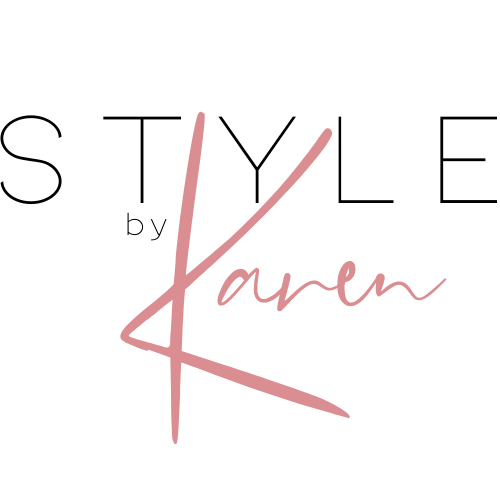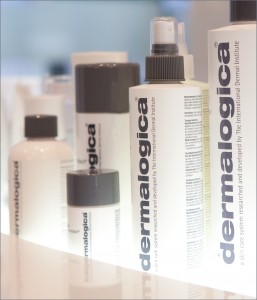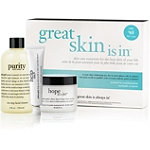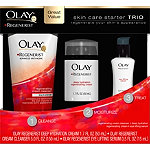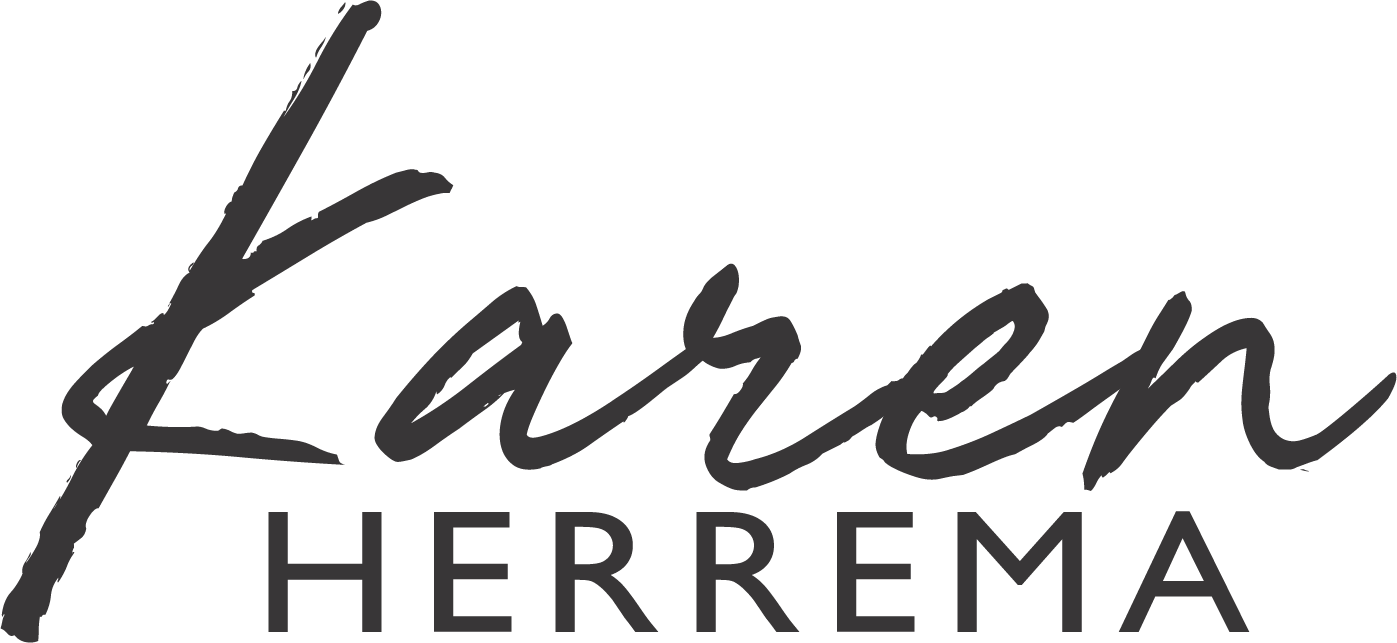Skin care products are everywhere. New brands seem to appear every year. Department store counters are overwhelming. Direct sales companies promote even more choices. What’s a girl to do? These products are expensive and how do you really know what is the best?
I can only recommend that you do your research. Be in the know before you shop. Thanks to Deborah Kirkendall you have the Top 10 ingredients to look for in your products. This will help when you shop whether it be the department store, drugstore or through a consultant. Be prepared with your list and start reading labels. You might also want to re-read my interview with Deborah.
Remember, the best thing you can do for yourself and your skin is to get professional advice. Make an appointment for a facial TODAY. A professional can help determine the best product and treatments for your skin. If you are local, be sure and take advantage of Deb’s discount for Style by Karen readers. 10% off all services.
1. Vitamin C is one of the workhorse ingredients in skin care. It is backed up by a considerable amount of clinical research that demonstrates its benefits: An increase in collagen synthesis, antioxidant activity, boosts the effectiveness of Vitamin E– important in protecting our cell’s membranes and thickens the skin.
2. Vitamin E is a highly effective antioxidant. It works to protect the membranes of cells, lipoproteins, and many other bodily structures.
3. Retinoids are derivatives of Vitamin A. Current forms include: retinol, retinyl palmitate, tretinoin, tazarotene. The first two can be purchased over the counter; the final two are prescribed by a physician. Benefits include: increased cell turnover, repair of cellular structures, shrinkage of oil glands and increases production of new collagen.
4. Oligopeptide-34, a new ingredient that works to reduce pigmentation by decreasing melanin synthesis within on a cellular level for brighter, more even skin is a new entry in the battle against age spots.
5. Alpha Hydroxy Acids (AHAs) which are derived from milk and fruit sugars work by exfoliating damaged surface skin cells. This allows newer skin to grow in its place. It improves the appearance of wrinkles, blotchy pigmentation and rough skin.
6. Salicylic Acid Like AHAs, salicylic acid is an exfoliating agent for the outermost layer of the skin. It’s lipid characteristic allows salicylic acid to penetrate the oil in pores, helping to unclog and cleanse them of debris. It also possesses antibacterial and anti-inflammatory properties. These actions make it an ideal choice for individuals with oily skin battling with blackheads and acne.
7. Sunscreen Filters We can rave about the latest anti-aging skin care ingredients, but most skin care specialists would agree that without protection from UV rays they’d all be a big waste of time. There is no other facet of skin care that comes close to the importance of UV protection since sun exposure is responsible for approximately 90% of adverse skin conditions commonly associated with aging.
8. Green Tea The benefits of green tea may be attributed to their constituent poly phenols, a subclass of flavonoids, found in many plants. Green tea possesses powerful antioxidant activity, reduces inflammation, and can reduce the harmful effects of sun exposure.
9. Peptides are protein fragments that have been shown to have beneficial effect to the skin. Two peptides in particular deserve further attention – copper peptides and palmitoyl pentapeptide 3 (also called Matrixyl). Peptides have been show to help regulate the exchange and growth rates of skin layer cells, limit potentially harmful oxidation, and create an anti-inflammatory environment.
10. Soy’s benefits may be attributed to their component isoflavones, which have antioxidant properties that help prevent free-radical damage to DNA. They also help to decrease effects associated with skin aging, which includes a decrease in thickness, dryness and reduction in skin elasticity.
There you go. A big thanks to Deb for sharing her knowledge with us. She and I worked hard to keep the wording as simple as possible.
Let me know if you have any questions and I will direct them to Deborah for the correct answers or better yet schedule your appointment.
